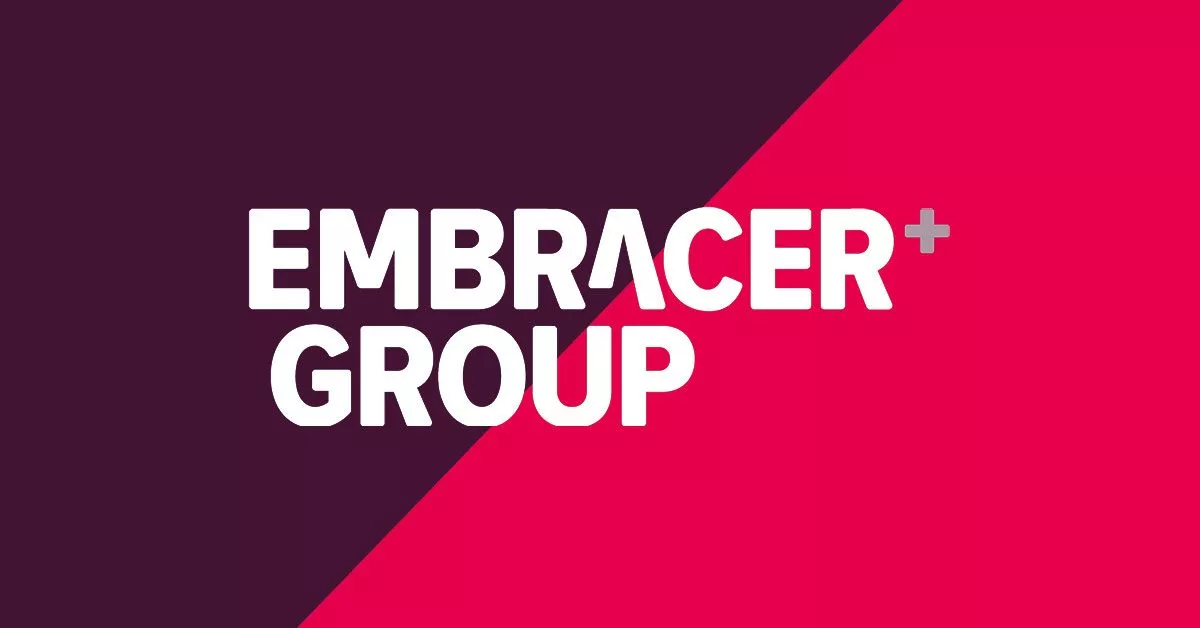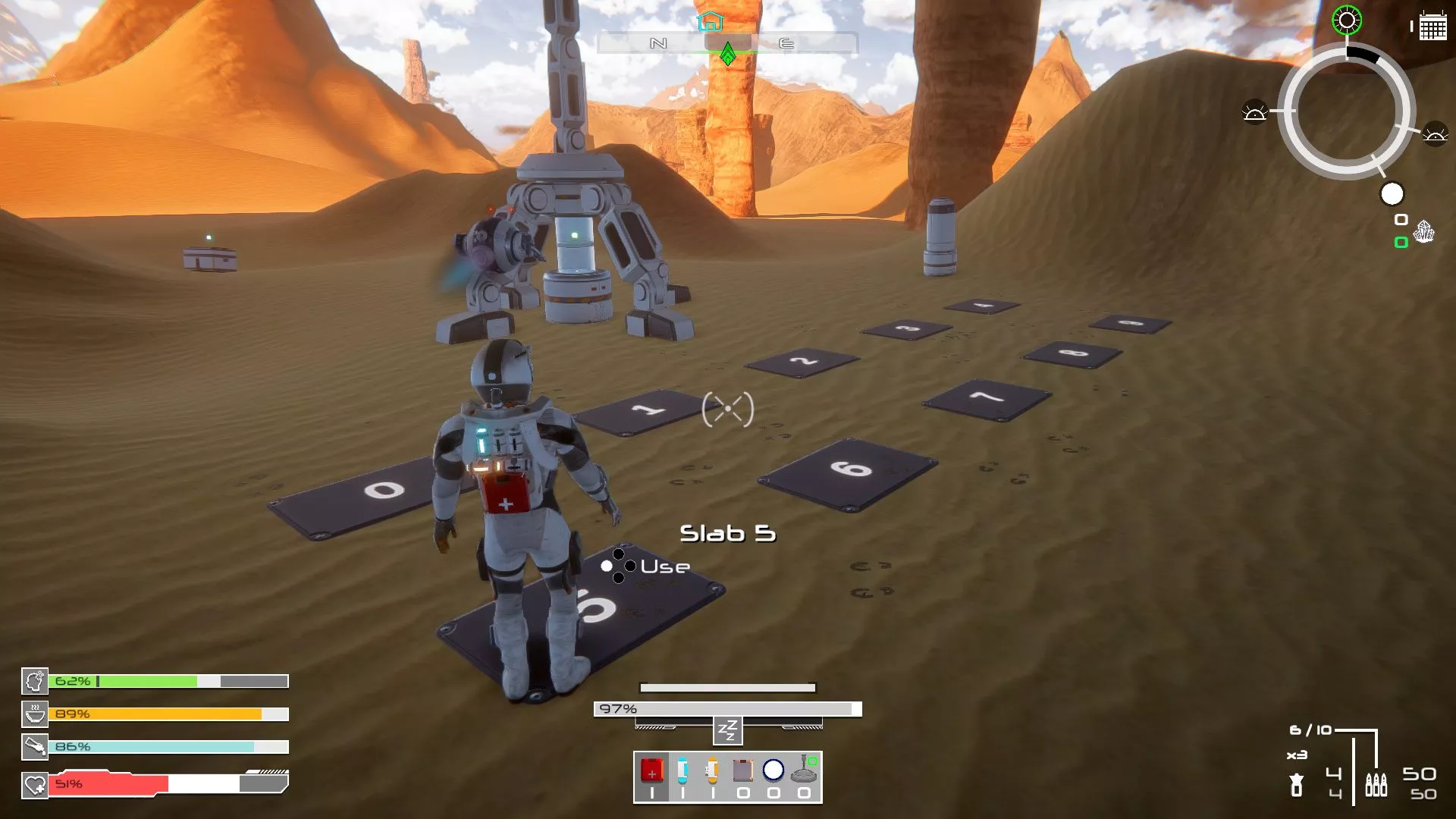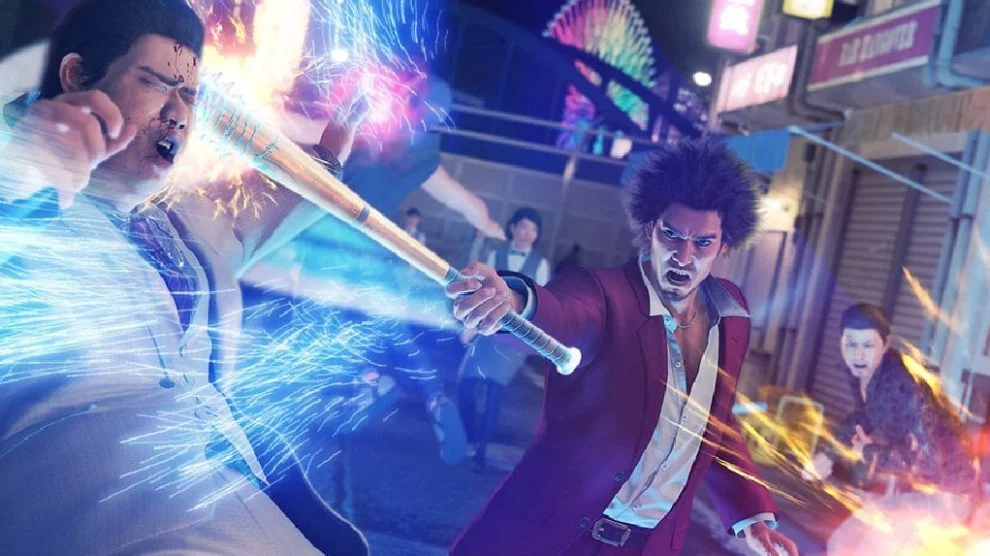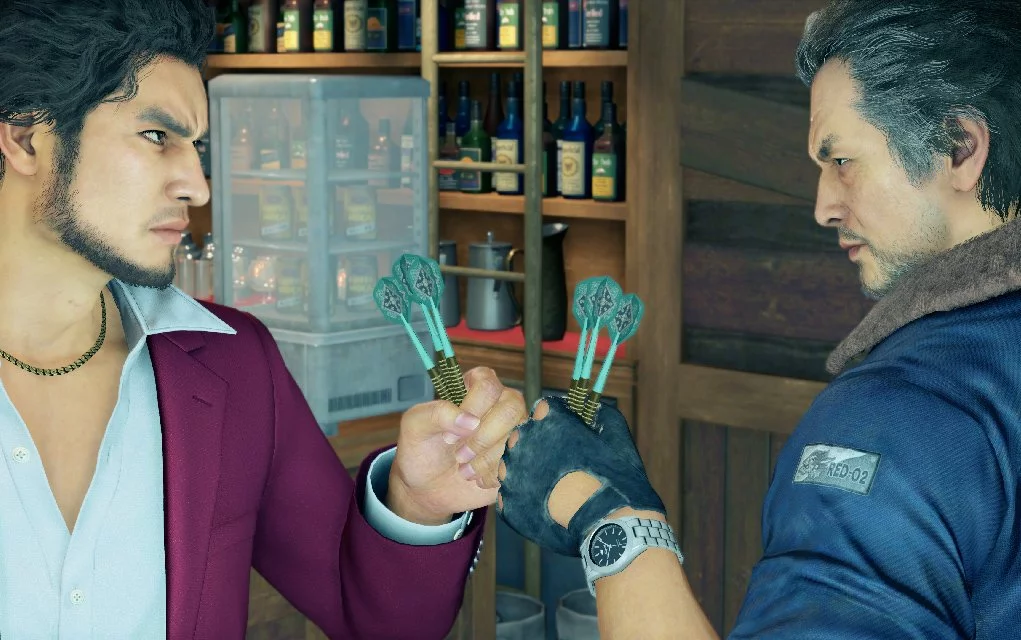If you’ve followed Stevivor for a while, you may know that I’m no stranger to the Yakuza series. What once seemed like a bizarre oddity of a series I’d never care about has become a series I can’t wait to dive into, to find out what weird nonsense the team at Sega have come up with this time. The Pokémon games have nothing on Yakuza’s ability to introduce a deep, complex mechanic in one game that reshapes the whole experience, and then unceremoniously drop it the next game for something completely different. Yakuza: Like A Dragon ups the ante on this even more than usual.
If you’ve heard of the Yakuza series, you’d think it sticks to the basics: a deeply Japanese brawling simulator, focused on fictional yakuza factions in Japan. The thing is, Like A Dragon doesn’t, and instead is very excited to show you what it thinks Yakuza could be: a turn-based RPG with a deep job system and a four-person party (Oh, and also a Mario Kart clone. And a small business management simulator. But more on that in a minute).
Like A Dragon is a turning point in many respects for the series. It’s the first game set in the all-new fictional city of Ijincho, and the first to move away from the series’ mainstay protagonist Kiryu Kazuma after his farewell in 2018’s Yakuza 6: The Song of Life. Here we are introduced to Ichiban Kasuga, a less-experienced yakuza without Kiryu’s towering reputation to live up to.
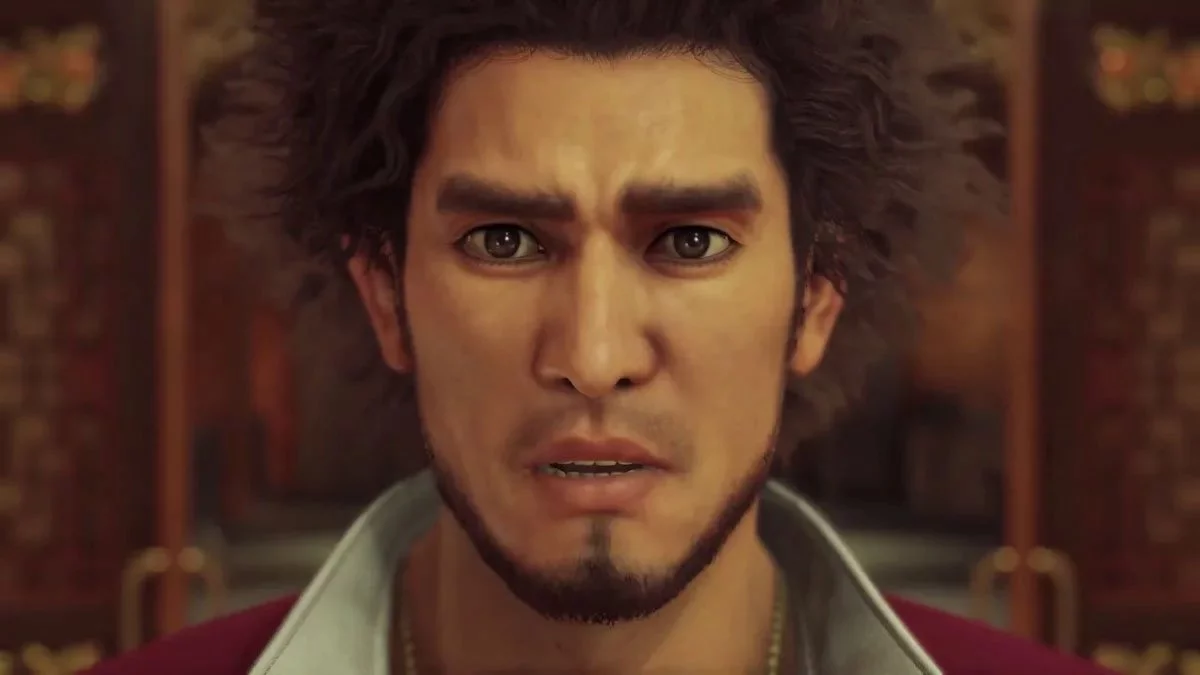
Combat, which at first just felt like “let’s take turns punching,” quickly expands into a complex job class system with combat turn management, gear management, RPG quest tracking and a social link system. Fights happen frequently as you roam the game’s map, but combat transition is fast and the fights are just as quick once you learn the ropes. As a result, the standard JRPG grind just becomes something that happens automatically as you wander from story point to story point, enjoying Ichiban’s journey at your own pace.
For those keen to really dive deep into the job class system and weapon crafting, the game has a randomised dungeon in Ijincho’s sewers, allowing players to test their mettle against difficult enemies and collect rare crafting materials to create stronger weapons and armour for the party – who, again, are not fantasy characters in a magical world but instead, just a bunch of folks wandering around 2019-era Japan hitting punks over the head with two-by-fours and metal rulers.
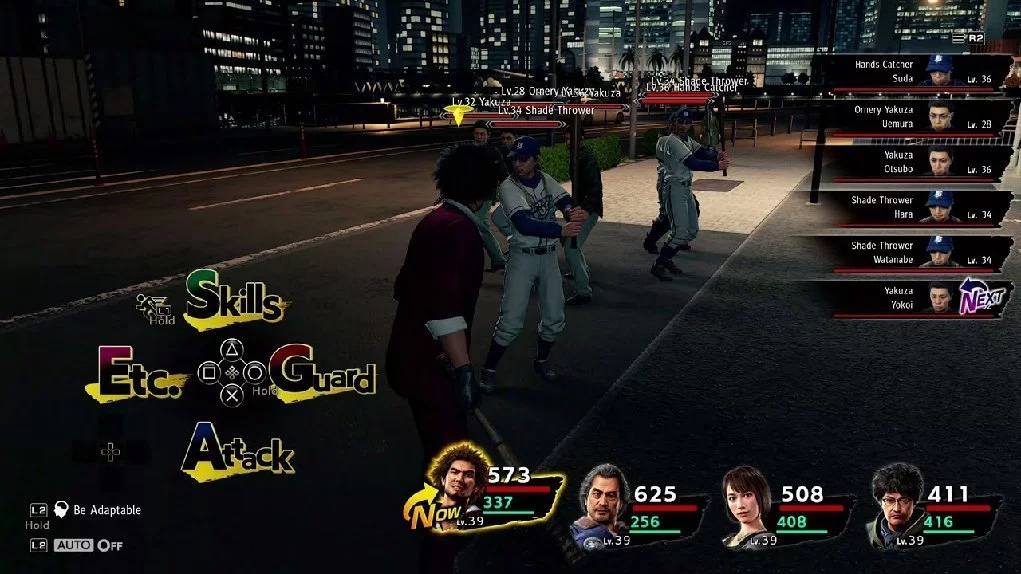
Eventually Ichiban starts envisioning the people he fights as more monstrous versions of themselves. When he and his friends (his “party”) start taking part-time jobs at a job agency to make ends meet, he reimagines it as an RPG job class system, picturing his friends in combat as archetypes like ritzy-looking cabaret hosts, bulked-out construction foremen and bardic street musicians. The other characters in the party think he’s a bit weird, but they’re glad he’s having a good time! It’s the good-natured feel to this new premise that makes it so easy to embrace for new and old players alike.
This isn’t the only new system added to the franchise. While the sidequest-like Sub-story missions return, Ichiban & co. can also complete missions for “Hero-for-Hire”, essentially a challenger system that rewards players for taking on tough fights or reaching certain milestones such as defeating 10 of a particular enemy type, spending enough money in-game or finding hidden items in the game world.
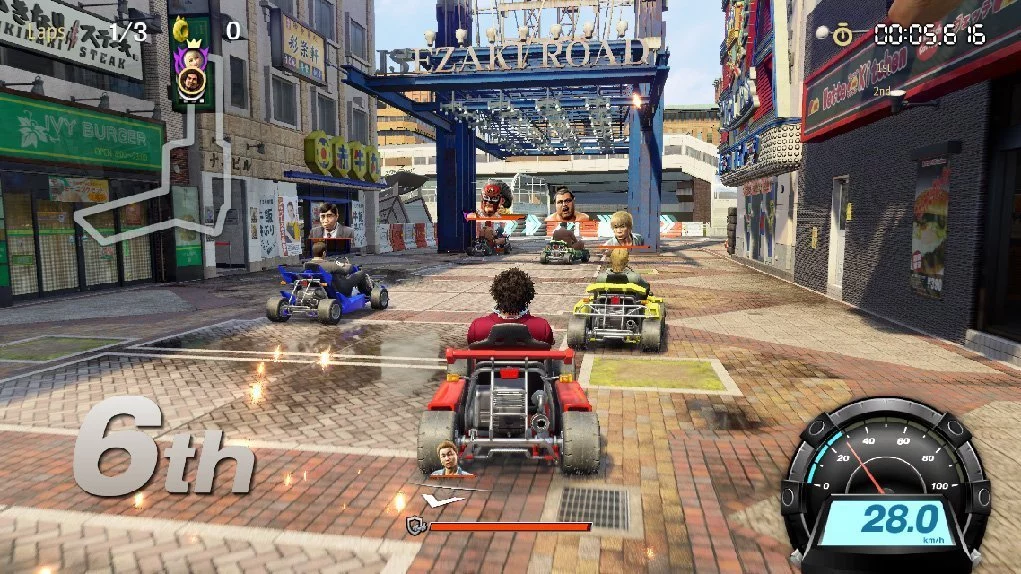
Barring the 2019 spinoff title Judgment, this is also the first Yakuza game in a LONG time to have English dubbing. While I understand some fans aren’t happy about this change, for me it’s a real boon to my enjoyment of the game. Kaiji Tang’s voice work as English-language Ichiban is personable, warm and relatable in his goofy delivery – a stark comparison to the stoic Kiryu of Yakuza games past. Having that immediate connection, not just to the character’s tone but to his actual lines, helped immerse me further than I ever did with the general feeling of hearing Japanese dialogue of games past.
There’s definitely still a Japanese flavour to the dialogue that translation never loses, but the translators of this game deserve extra credit for localisation that maintains the feel of the source material without the stilted nature of directly translating the wording of the Japanese (special credit to whoever titled the Chapter 4 clear trophy, which took a second to sink in before I realised how smart it was).
Next-gen upgradesAs we detailed in our Xbox Series X preview of Yakuza Like a Dragon, the game is crisp and clear, but doesn’t really scream next-generation. It does allow players the opportunity to hardness the newfound power at their disposal however, offering options for a prioritisation on frame rate or textures. With Smart Delivery on offer between Xbox One and Xbox Series consoles, you can start playing on last-gen and move over to next-gen with ease (though you don’t get that option between PS4 and PS5 when the title si available on the latter). -Steve Wright |
After the culture shock of such a total change to the Yakuza recipe, I’m extremely glad the Ryu Ga Gotoku Studio team took such a big leap when Kiryu’s tale came to an end. Like A Dragon is a revitalised game full of fresh ideas and proves that the series won’t be re-treading the same ground with Ichiban in the driver’s seat. If this is the first step into the new age of Yakuza, I can’t wait to see how bonkers the next game will be.
 |
|
The good
|
The bad
|
Yakuza: Like A Dragon was primarily reviewed using a promotional code on PS4, and supplementary code on Xbox Series X, as provided by the publisher. Click here to learn more about Stevivor’s scoring scale.
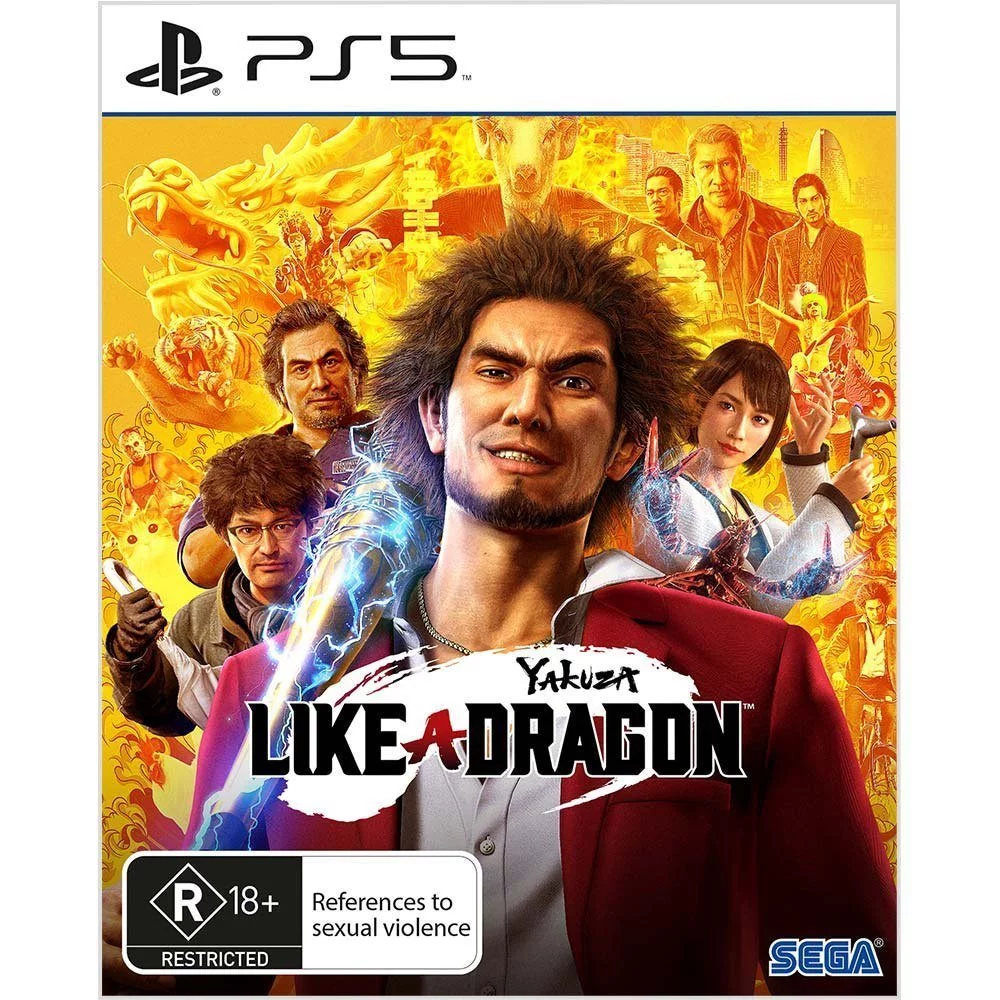 |
Yakuza Like a Dragon2 March 2021 (PS5)PC PS4 PS5 Xbox One Xbox Series S & X
|
This article may contain affiliate links, meaning we could earn a small commission if you click-through and make a purchase. Stevivor is an independent outlet and our journalism is in no way influenced by any advertiser or commercial initiative.




